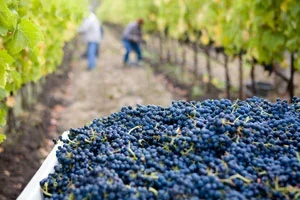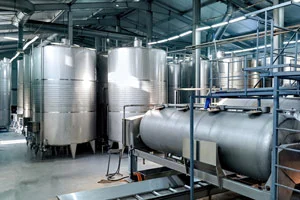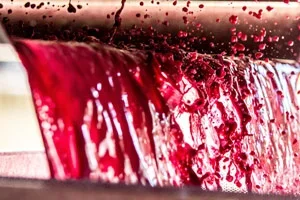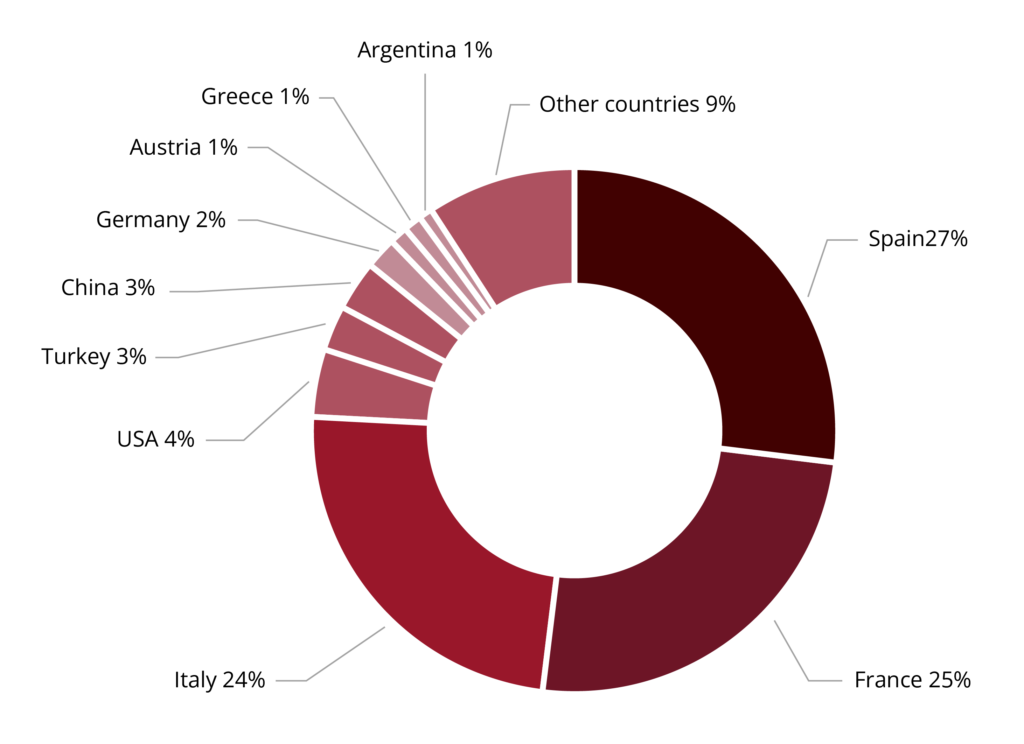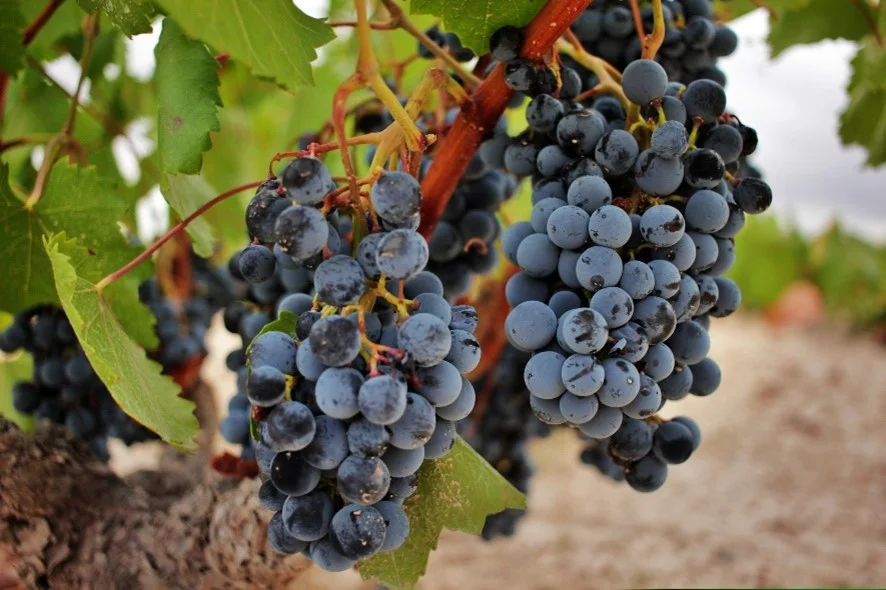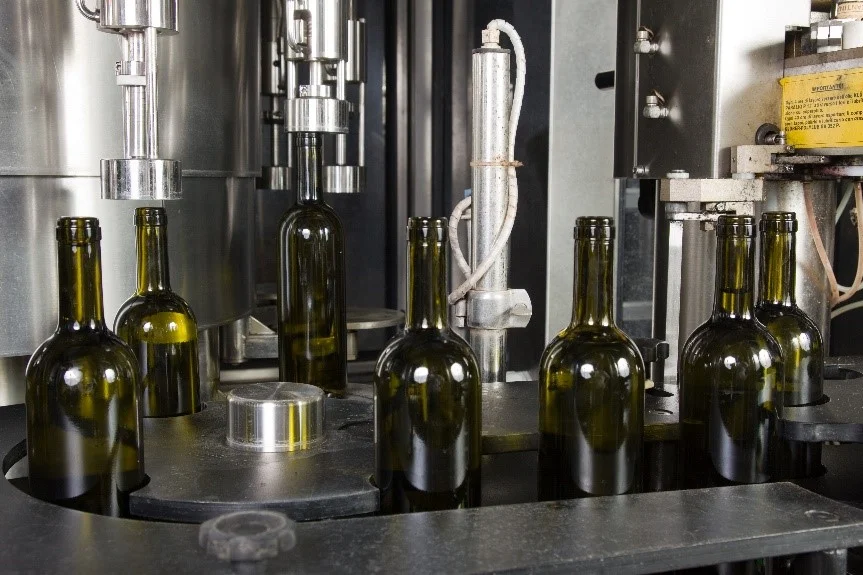The organic viticulture is a very widespread and commonly known method today, but this has not always been the case. At the end of the 20th century, when the term “organic” first began to be applied to the world of viticulture, its association had more to do with a passing trend than with a reality that today forms part of consumer habits, social issues and environmental protection.
Currently, we are seeing an increase in organic vineyards around the world, accompanied by a strong trend towards certification. The report provided with our post looks at the growth in land area of certified organic vineyards producing wine grapes, table grapes and raisins from 2005 to 2019. A report issued by the OIV which covers the issue in more detail, is attached.
The report analyses the growth in land area of certified organic vineyards producing wine grapes, table grapes and raisins from 2005 to 2019.
In 2019, Spain was the world’s leading organic producer in the world by vineyard area with 121 kha (27% of the world’s organic vineyards). In the same year, a total of 13% of Spain’s vineyards had organic certifications. Between 2005 and 2019, Spain experienced a significant expansion of its organic vineyard land area, with an average annual growth of 16%. The three leading regions by area are Castilla-La Mancha (50.5% of the organic vineyard area), Catalonia (15.4%) and Valencia (10.6%).
When did the term organic farming arise?
The theory behind organic farming dates back to 1974 in the United States (in the state of Oregon) and 1979 in California. Four years later, it arrived in Europe, being used by the French, according to the article cited. Between the 19th and 20th centuries, the theory of organic farming emerged. These three countries were the first to legislate organic farming. Later, different regulations emerged from federal institutions, although there is still no unanimous definition on the definition of organic practices and its practices at the international level by the agricultural federations, nor by governments.
According to Resolution OIV-ECO 460-2012, organic viticulture is a production system that:
– Seeks to maintain ecosystems and soil fertility in the long term,
– Seeks to increase biodiversity and the protection of natural resources,
– Seeks to promote the use of ecological processes and cycles,
– Seeks to minimise or eliminate external interventions and viticultural practices that require the use of chemical synthesis products,
– Seeks to use ecological products and processes in transformation and production processes, striving to avoid all techniques that have a considerable negative impact on the environment.
– Excludes the use of genetically modified organisms and inputs derived from genetically modified organisms.
According to this resolution, organic viticulture is based on three principles: soil fertility, maintenance of biodiversity and pest control in accordance with ecological cycles and processes.
The cited report covers the evolution of certified organic viticulture worldwide (63 countries) between 2005 and 2019, both in the countries that have already converted to organic farming and those that are still in the conversion process.
Global area of organic viticulture in 2019
In 2019, a total of 63 countries from all continents participated in organic viticulture
and the area of certified organic vineyards was estimated to be 454 kha, which represents 6.2% of the world’s vineyard area. Although the map in Figure 4 clearly shows the high concentration of organic vineyards in Europe, this production method is also gaining ground in many countries on other continents.
Overview of the world’s organic vineyards in 2019
The rate of conversion of vineyards to organic production has increased considerably since the beginning of the 21st century. During the entire period analysed for this report (2005-2019), the area of certified organic vineyards increased by an average of 13% per year, while the area of “non-organic” vineyards decreased by an average of 0.4% per year over the same time frame. One of the factors that explains this intense rate of growth is the fact that certified organic viticulture is still a recent phenomenon.
Top 10 organic grape producing countries worldwide
Regarding the distribution of organic vineyards, 10 countries represent 91% of the world total. Of these 10 leaders in organic production (Figures 7 and 8), 3 are in Europe: Spain, Italy and France mainly grow wine grapes and represent 75% of the world’s certified organic vineyards. This trio is followed by 3 countries outside the European community, including the United States (4%), one of the main players in organic viticulture, with an area divided between wine grapes, table grapes and raisins; followed by Turkey (3%), which mainly produces table grapes and raisins; and China (3%), which grows both table grapes and wine grapes. Finally, Germany (2%), Austria (1%), Greece (1%) and Argentina (1%), the only representative from South America, complete the top 10 organic grape producing countries, with vineyards dedicated mainly to the production of wine grapes.
Distribution of world area under organic vines in 2019
Top 10 countries by area under organic vines in 2019 (kha)
Regarding the weight of organic vineyards in relation to the total area of vineyards in the country, this classification is dominated by European countries. Italy dedicates 15% of its vineyards to organic viticulture, followed by France (14%) and Austria (14%). The only non-European country that appears in the top 10 is Mexico, with 8% of its vineyard area certified as organic.
Evolution of organic vineyards by country
Certified organic vineyards are highly concentrated in Europe, to the point that in 2019 they represented 381 kha, or 84% of the world’s total area of certified organic vineyards.
This is because certain EU policies have encouraged the development of organic zones, especially vineyards. In the EU, the development of organic viticulture is provided for in the second pillar of the Common Agricultural Policy (CAP), which has contributed to the expansion of European organic areas.
In Spain
In 2019, Spain was the world’s leading ecological producer in the world by vineyard area with 121 kha (27% of the world’s organic vineyards). In the same year, a total of 13% of Spain’s vineyards had organic certifications. Between 2005 and 2019, Spain experienced a significant expansion of its organic vineyard land area, with an average annual growth of 16%. The three leading regions by area are Castilla-La Mancha (50.5% of the organic vineyard area), Catalonia (15.4%) and Valencia (10.6%).
Organic Vineyard Evolution in Spain (kha)
